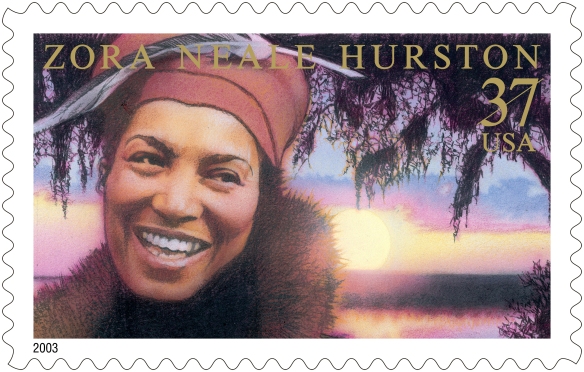Today we are very pleased to announce the release of the 28th stamp in the Literary Arts series. The stamp commemorates the 150th anniversary of the birth of O. Henry (1862–1910), one of America’s most popular writers of short fiction. His stories (nearly 300 of them!), such as “The Gift of the Magi” and “The Ransom of Red Chief,” are known for their humor, irony, and skillful unfolding of plot, often with a surprise twist at the end.
 Drawing on O. Henry’s close association with New York City, art director Ethel Kessler designed the stamp using work by illustrator Cap Pannell. Pannell based his portrait of O. Henry on a photograph of the author as a young man, probably from the late 1880s. In the stamp’s background he depicted the elevated rail in New York.
Drawing on O. Henry’s close association with New York City, art director Ethel Kessler designed the stamp using work by illustrator Cap Pannell. Pannell based his portrait of O. Henry on a photograph of the author as a young man, probably from the late 1880s. In the stamp’s background he depicted the elevated rail in New York.
This #6¾ envelope includes an affixed O. Henry (Forever®) stamp and an official First Day of Issue color postmark. Click image for order information.
The O. Henry stamp is being issued as a Forever® stamp in self-adhesive sheets of 20 stamps each. Forever stamps are always equal in value to the current First-Class Mail one-ounce rate.
At the time of issuance, the O. Henry stamp is being sold at a price of 45 cents each, or $9.00 per sheet of 20 stamps. The stamp is also available as a block of four ($1.60) or ten ($4.50) stamps.





